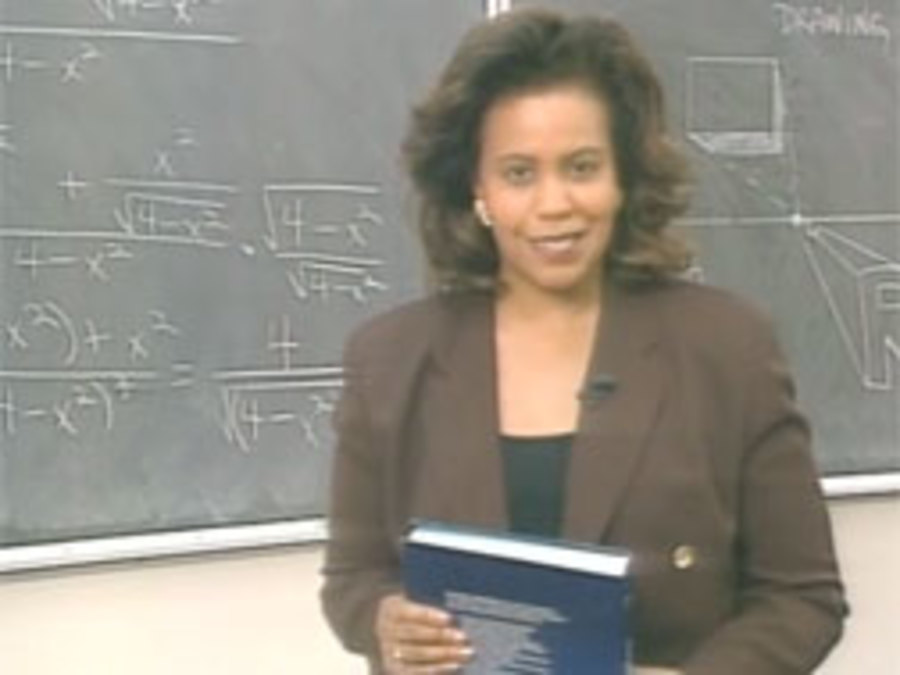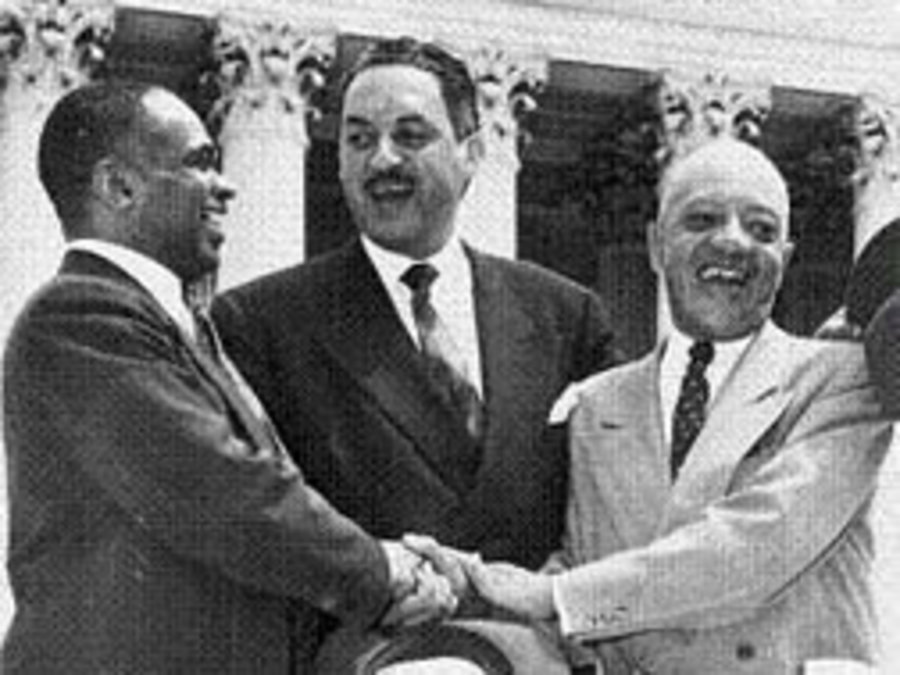This video contains a television program in two segments that focus on the Oakland Community Learning Center, a project founded by the Oakland, CA, chapter of the Black Panther Party.



Explores why it is important for white educators to affirm the identities of African American students, and discusses how the prevalence of racial stereotypes acts as a major psychological challenge uniquely facing African Americans.
Black girls represent 16 percent of female students but almost half of all girls with a school-related arrest. The first trade book to tell these untold stories, Pushout exposes a world of confined potential and supports the growing movement to address the policies, practices, and cultural illiteracy that push countless students out of school and into unhealthy, unstable, and often unsafe futures.
How do you learn to be a black man in America? For young black men today, it means coming of age during the presidency of Barack Obama; witnessing the deaths of Trayvon Martin, Michael Brown, and too many more. Smith chronicles his own personal and political education during these tumultuous years, describing his efforts to come into his own in a world that denied his humanity.
It's a prize that, for generations, has enriched seemingly everyone, except Newark's students. Journalist Dale Russakoff delivers a story of high ideals and hubris, good intentions and greed, celebrity and street smarts -- as reformers face off against entrenched unions, skeptical parents, and bewildered students.
It shows that more than a half century after the first civil rights legislation, the dismal fact of mass incarceration inflicts widespread and enduring damage- by undermining the fair allocation of public resources and political representation, by depriving the children of inmates their parents' economic and emotional participation, and ultimately, by concealing African American disadvantage from public view.
This is not a prescriptive text, but instead a call to action. It is a call from many literary voices to create schools where social justice is at the core of education. This anthology by educators and students unafraid to be passionate about what is missing, what is needed, and what is working in order to make that vision a reality is stunning in its revelations.
Over forty years later, Grimsley, a critically acclaimed novelist, revisits the school he attended when it was integrated, remembering his personal reaction to his first real exposure to black children and to their culture, and his growing awareness of his own mostly unrecognized racist attitudes.
Diamond and Lewis situate their research in a suburban school, and look at what factors within the school itself could be causing the disparity. Most crucially, they challenge many common explanations of the "racial achievement gap," exploring what race actually means in this situation, and how it matters
Presents findings from a national study of teachers with a proven record of success in educating boys and young men of color. Shares recommendations for relationship-building, teaching and learning, and classroom management.
